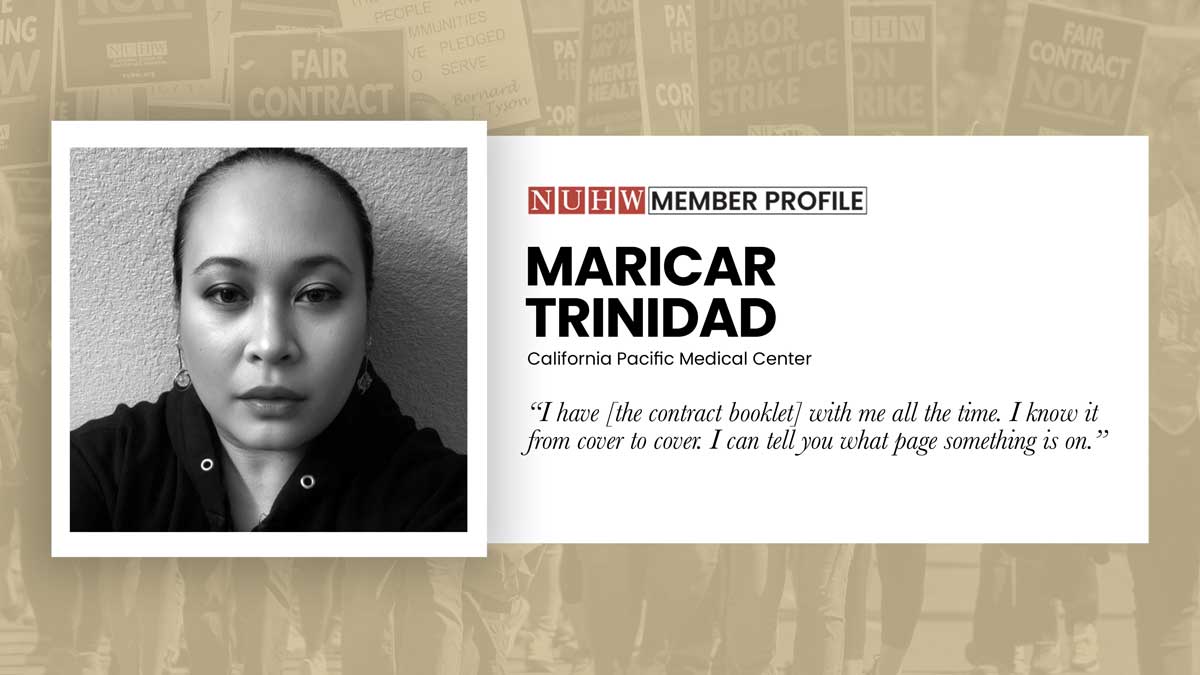In a year that saw support for unions continue to rise, NUHW experienced strong growth and unprecedented interest from healthcare workers interested in unionizing.
NUHW organized more caregivers in 2022 than any year over the past decade, increasing its membership by nearly 10 percent. The union saw a record 517 inquiries from workers seeking to organize their healthcare facilities. By comparison, NUHW received 190 inquiries in 2019 from healthcare workers.
The majority of NUHW’s newest members are professionals, which reflects a growing trend. In a survey of non-union professionals including tech and healthcare workers, 71 percent of these workers surveyed reported that they would support a union at work — this is up from 56 percent pre-pandemic. Overall support for unions by the American public in 2022 was at the highest point since 1965 according to a Gallup poll.
“It’s about much more than dollars and cents. Professionals are looking to unions for a wide range of reasons,” NUHW President Sal Rosselli said. While many workers in the tech center are looking to unionize for job security amid recent layoffs, healthcare workers are focused more on understaffing. A lack of staff, combined with being battered by COVID-19 for nearly three years has taken a toll on healthcare workers and often their patients.
“Professionals join unions so that they can have a voice in decisions related to their profession,” Rosselli said. “Our members are battling the healthcare industry for contracts that improve the quality of patient care, create safer working conditions at medical facilities and drive more sustainable workloads.”
In 2022, NUHW members employed by Kaiser Permanente in Northern California staged a successful 10-week strike— and not over economic issues. Wages and other compensation issues were settled before the strike. Led by therapists, workers walked off the job for nearly three months to demand the giant HMO address dangerously long wait times for patients trying to access mental health care. Not only did this strike spark legislative and regulatory action in California, it fueled a national conversation about the need for improved standards of patient care throughout the industry.
Approximately half of the 140,000 workers who went on strike last year were in the healthcare sector, according to the “Labor Action Tracker” report by Cornell’s School of Industrial and Labor Relations.
“Healthcare workers are not going to put up with conditions that risk their health and the health of their patients,” Rosselli said. “The coming year is going to see even more organizing efforts and a lot more strikes, especially if employers don’t listen to their professional employees and fail to address understaffed hospitals and unsafe working conditions.”


























































































































































































































































































